Soetmelksvlei is a meticulously recreated 1890s Cape farmstead located on the Babylonstoren estate between Paarl and Franschhoek in the Western Cape. Opened in mid-2024, this immersive experience transports visitors back to 1897, showcasing the self-sufficient lifestyle of Boland farmers during that era.
Bird Watching in Stellenbosch
Southern Africa plays host to a spectacular spread of bird life; home to approximately 841 bird species, of which 74 species are endemic to South Africa, bird watching enthusiasts are spoilt for choice when it comes to exploring varying birding habitats. There are plenty of bird watching routes to sample in South Africa, and for those looking to discover a range of endemic birds, best make a beeline for the Cape Winelands region.
The Winelands are widely known for offering breath-taking landscapes, historic wine routes and world-class wines, as well as a diverse collection of bird species. Although this asset to the area is not as widely known as its wine offerings, a large section of this region is protected by UNESCO, having been declared as the Cape Winelands Biosphere Reserve on account of it representing two unique plant kingdoms that are exclusive to Southern Africa: the Cape Floral Kingdom and the Succulent Karoo.
Birding in Stellenbosch
For serious or casual birders, there are two popular destinations for you to visit, namely the Jonkershoek and Assegaaibosch nature reserves. Both reserves are a short drive away, located nine kilometres outside of Stellenbosch and situated along the Jonkershoek Valley Road. Keep a lookout for the various kingfisher species, the African Fish-Eagle, the Cape Sugarbird and many more.
Alternatively, there are places to explore within the town itself of you’re looking for a more leisurely birding experience. Head to the Jan Marais Park or the Stellenbosch Botanical Garden, located diagonally across from Bonne Esperance Guest House, for a shorter bird-watching outing.

http://www.outdoorphoto.co.za/gallery/data/523/african_fish_eagle_CVR0630_2_okavango_botswana_c_v_rooyen.jpg
Tips for photographing birds
Whether you’re interested in a serious or casual birding expedition, if you’re keen to photograph some of the birdies you spot, keep these helpful tips in mind:
- The best time of the day to capture birds on camera is either early morning or evening. Typically, birds are at their most active within the three hours after the sun has risen so your best bet would be to follow the old adage of, ‘the early bird catches the worm.’ If you would prefer to do your bird watching in the evening, about two hours before sunset can yield some beautiful photographs as well. The lighting during these times of the day also happens to be rather spectacular.
- The best time of the year to photograph birds is during spring, when there are ample opportunities to snap birds participating in the spring migration.
- Be sure to practise patience – you will most likely find yourself with plenty of shots, of which more will be tossed than treasured.
- Above all, have fun! Find yourself connecting with nature and relishing in the indigenous birdlife.
Further Reading
When we think about wine tasting in Stellenbosch, we often imagine rolling vineyards, elegant tasting rooms, and the clink of glasses under ancient oaks. But behind the scenes, some wine farms are doing more than just crafting world-class wines—they’re helping to regenerate the earth. Welcome to the world of regenerative farming and biodynamic wine growing, where sustainability isn’t just a buzzword, it’s a way of life. And the best part? You can...
Regenerative tourism goes beyond sustainability by actively improving and restoring the environment, culture, and communities that tourism impacts. Instead of just minimizing harm, it aims to leave a destination better than before by supporting local economies, restoring natural ecosystems, and preserving cultural heritage.



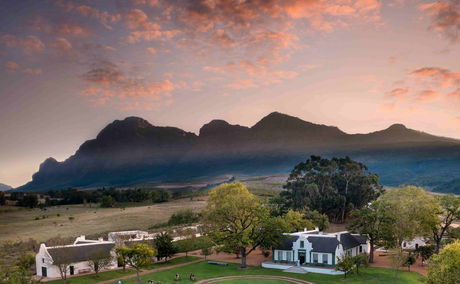
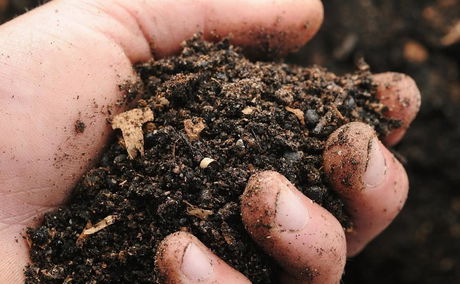
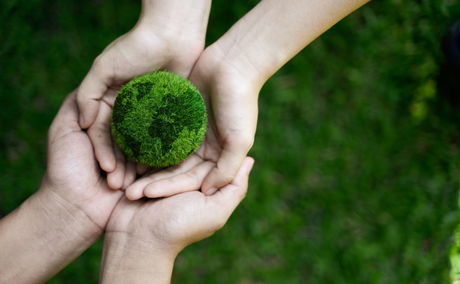



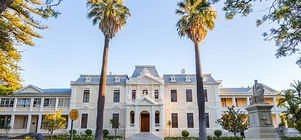
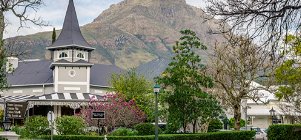

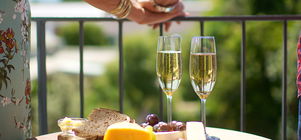
Share This Post